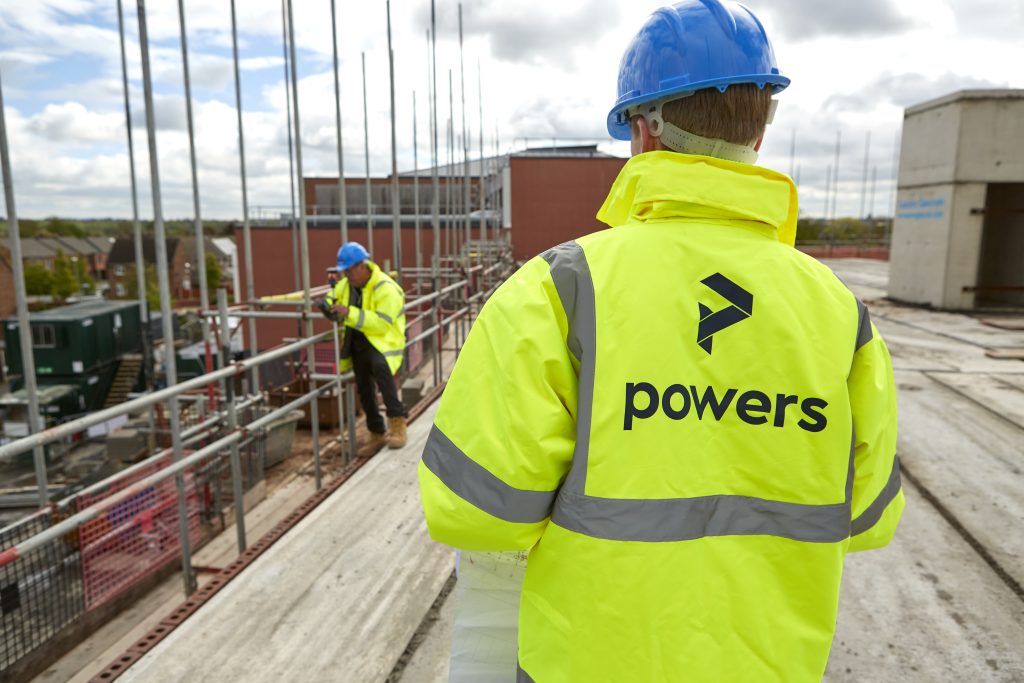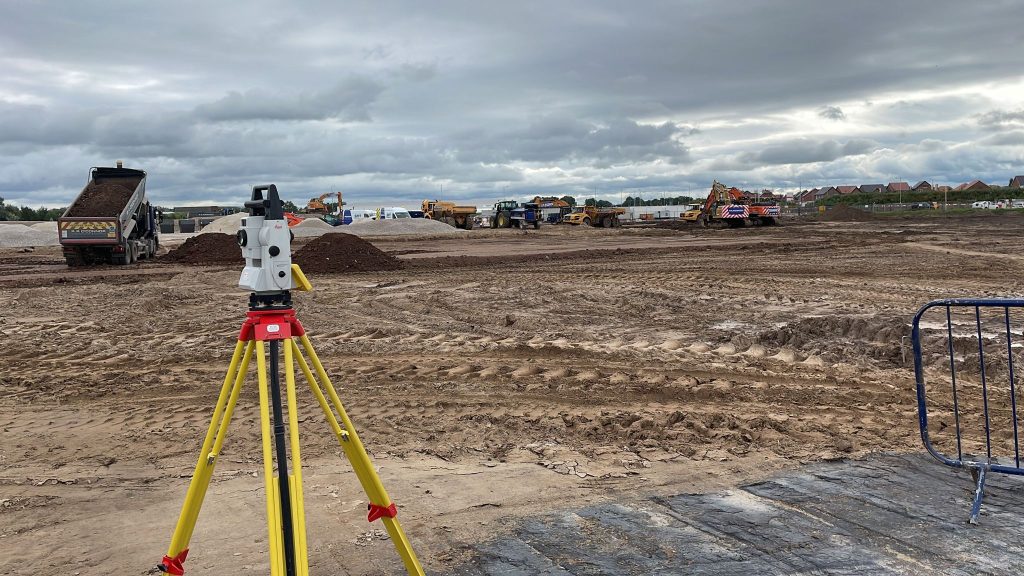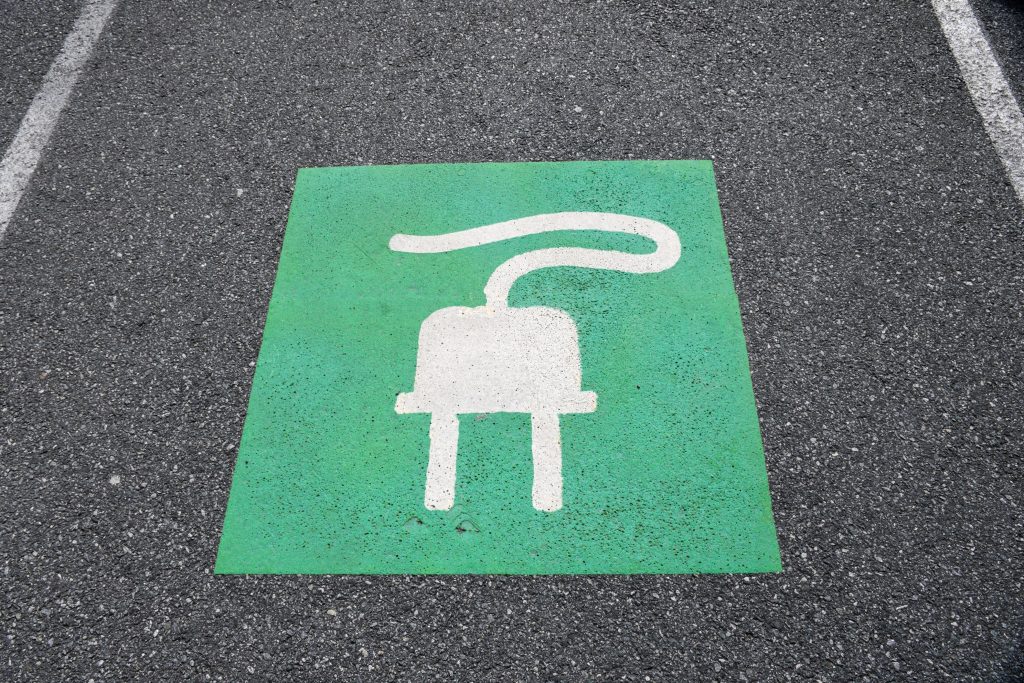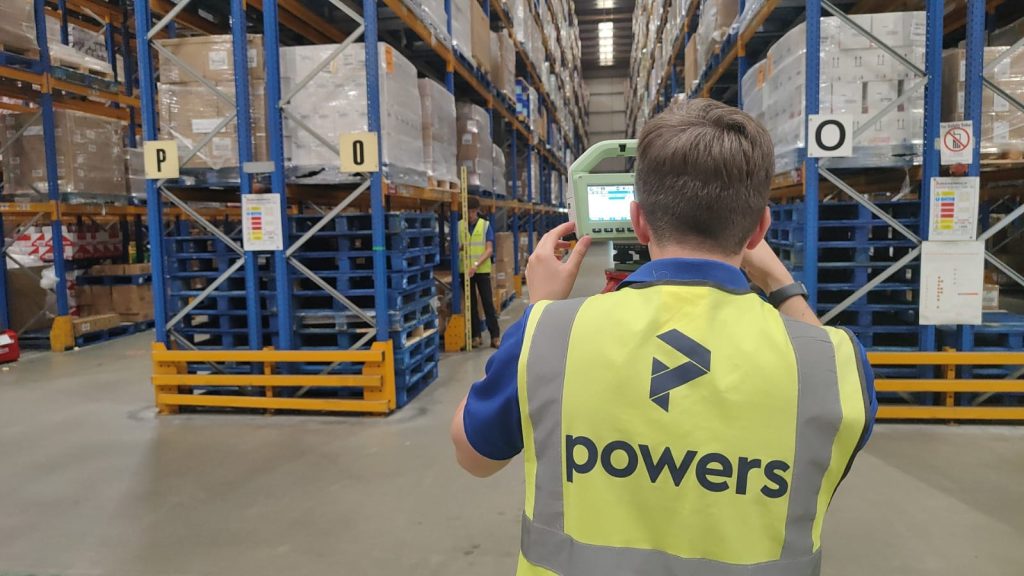What are the first principles of surveying? Accuracy and precision Geospatial and land surveying requires precise and accurate measurements to ensure reliable results. Surveyors must adhere to strict standards and use appropriate instruments and techniques to achieve accurate measurements. However, this on its own is not enough. While the equipment can provide accurate data, it …
Understanding the first principles of surveying

















